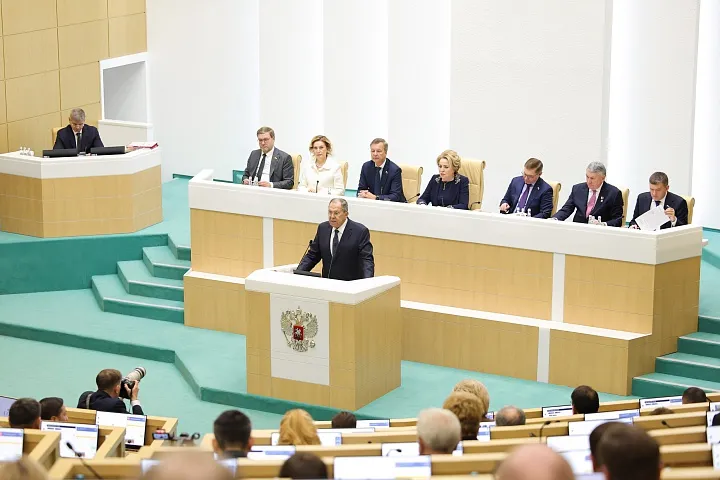The first phase of the modern, deepwater mega-port which China’s Cosco Shipping Ports and Peru’s Volcan Mining are building in Chancay, on Peru’s Pacific coast, is on schedule for completion in November 2024. When fully completed in 2030, the huge multipurpose port, able to handle multiple giant container ships from China and elsewhere, and all forms of cargo (bulk, general cargo and containers alike), is designed to serve as “a gateway between South America and Asia.” Dubbed the “Chancay to Shanghai” route, it will cut transit times from South America to Asian ports by a projected 10-15 days.
As a port alone, Chancay can be a game-changer for the entire South American economy, offering agricultural and industrial producers across the continent more efficient access to the great Asian markets. Even bigger, it has put back on the agenda the necessity of finally building a transcontinental railroad across South America’s underdeveloped interior, connecting ports on Brazil’s Atlantic coast with those on Peru’s Pacific coast, by one (or more) rail lines.
An article appearing on Jan. 2 in Peru’s Gestión magazine, “Bioceanic Railway: A Project Which Can Connect Brazil with the Chancay Port,” was quickly reported or reprinted in multiple other Peruvian publications. “Carlos Estremadoyro, former Minister of Transport and Communications, said that if the port of Chancay is to be a regional hub, it must connect with its Latin American partners. To this end, a bioceanic train connection would be ideal to facilitate the exchange of goods,” Gestión reports, detailing his discussion of what route and what it would take to get it built.
Washington is hell-bent on stopping the Chancay port and the transcontinental rail it would bring along with it, on the pretext that these absolutely crucial projects will give China “domination” over what should be the U.S. “backyard.” The U.S. Southern Command has put out the word publicly that it is warning Peru that the U.S. considers Chancay port a “national security threat,” because China could use the port as a military outpost in a coming global war with the U.S.
Physical economy has trumped geopolitics—so far. Excitement is now spreading well beyond Peru over the opportunities which will stem from building such transformative infrastructure. BBC Brasil reported Dec. 19 that “a series of meetings have been held in recent months with more than a hundred Brazilian businessmen and governors with the aim of familiarizing them with the port and exploring Chancay as a strategic route to Asia.” The Mexican internet-TV program, “Mirando con Miró” dedicated its Nov. 1 broadcast to “The Chancay Port, A Regional Economic Detonator,” where the two Mexican analysts animatedly discussed the Chancay Port and the complex of logistics, shipping and railroads connected to it, as a demonstration of the kind of infrastructure approach the other countries of Ibero-America should adopt, looking to Asia and the BRICS as where the world is heading.




